Search Results
Filters
Advanced Search
2154 Results
-
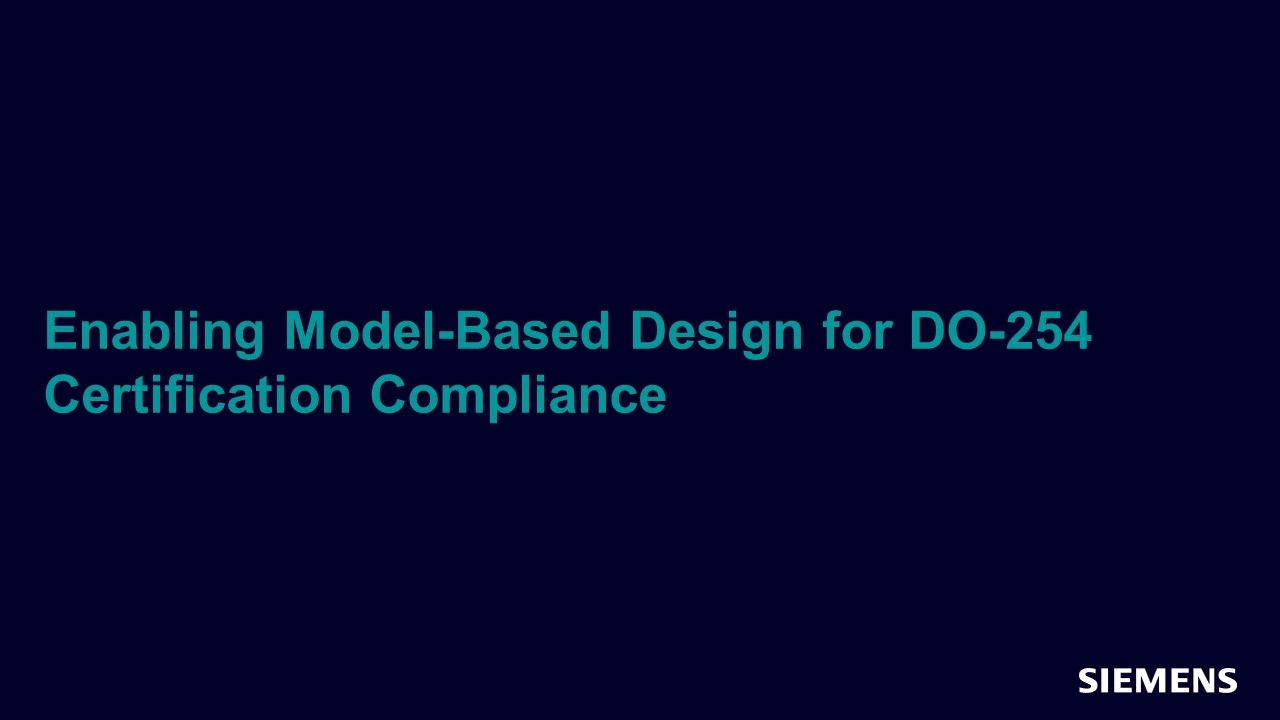
Enabling Model-Based Design for DO-254 Certification Compliance
Article - Mar 02, 2022 by Jake Wiltgen
Engineers can use Model-Based Design for requirements analysis, algorithm design, automatic HDL code generation, and verification to produce airborne electronic hardware that adheres to the DO-254 standard. The proposed Model-Based Design approach for DO-254 combines tools from MathWorks® and Siemens EDA for both design and verification. This workflow supports development phases from concept through implementation, streamlining development, and reducing costs.
-

How Do You “Qualify” Tools for DO-254 Programs?
Article - Mar 02, 2022 by Jake Wiltgen
Tools used in the design and verification of electronics have played a massive role in the dramatic evolution of these devices over the past few decades. After all, there is a limit to the amount of work and detail that even a good aerospace engineer can handle, but add the use of tools, and the sky (pun intended) is the limit.
-
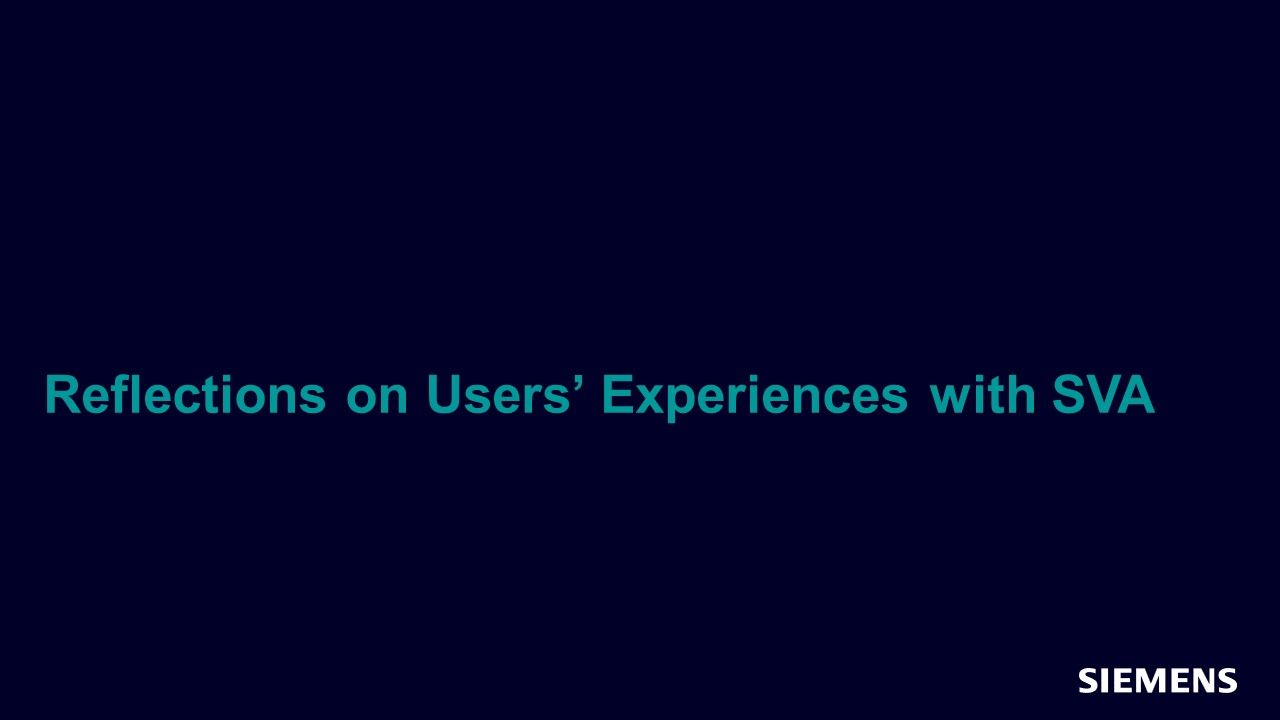
Reflections on Users’ Experiences with SVA
Article - Mar 02, 2022 by Ben Cohen
In my years of contributions to the Verification Academy SystemVerilog Forum, I have seen trends in real users’ difficulties in the application of assertions, the expression of the requirements, the angle of attacks for verification, the misunderstandings of how SVA works, and the confusion as to which SVA option to use.
-
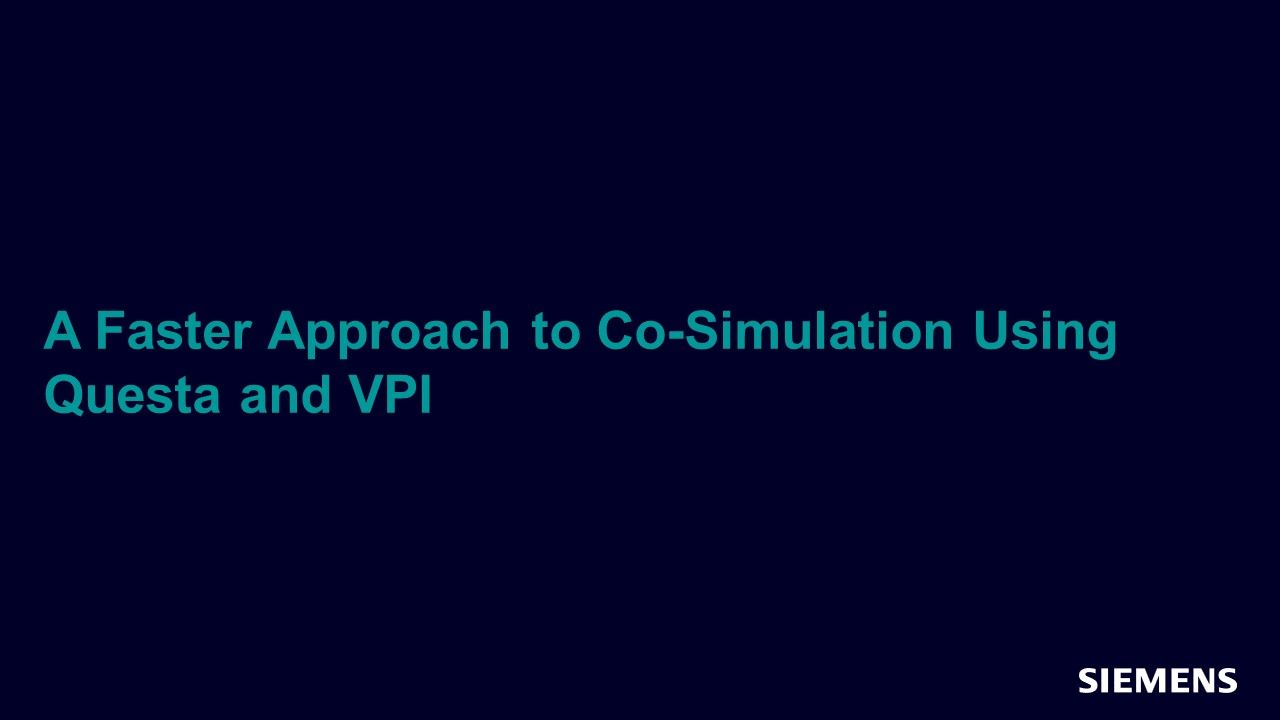
A Faster Approach to Co-Simulation Using Questa and VPI
Article - Mar 02, 2022 by Vicente Bergas, Andrew Robertson, Marco Denicolai - Bitec
Co-simulating systems, including RTL and software, may often require excessive computational times if a cycle-accurate CPU model is used. However, many co-simulation exercises do not necessarily require precise CPU models and may benefit from the solution proposed here. This article presents a not-widely-used method of co-simulation that doesn’t need a cycle-accurate CPU simulation model and reduces simulation time while still allowing functional testing of software and RTL.
-
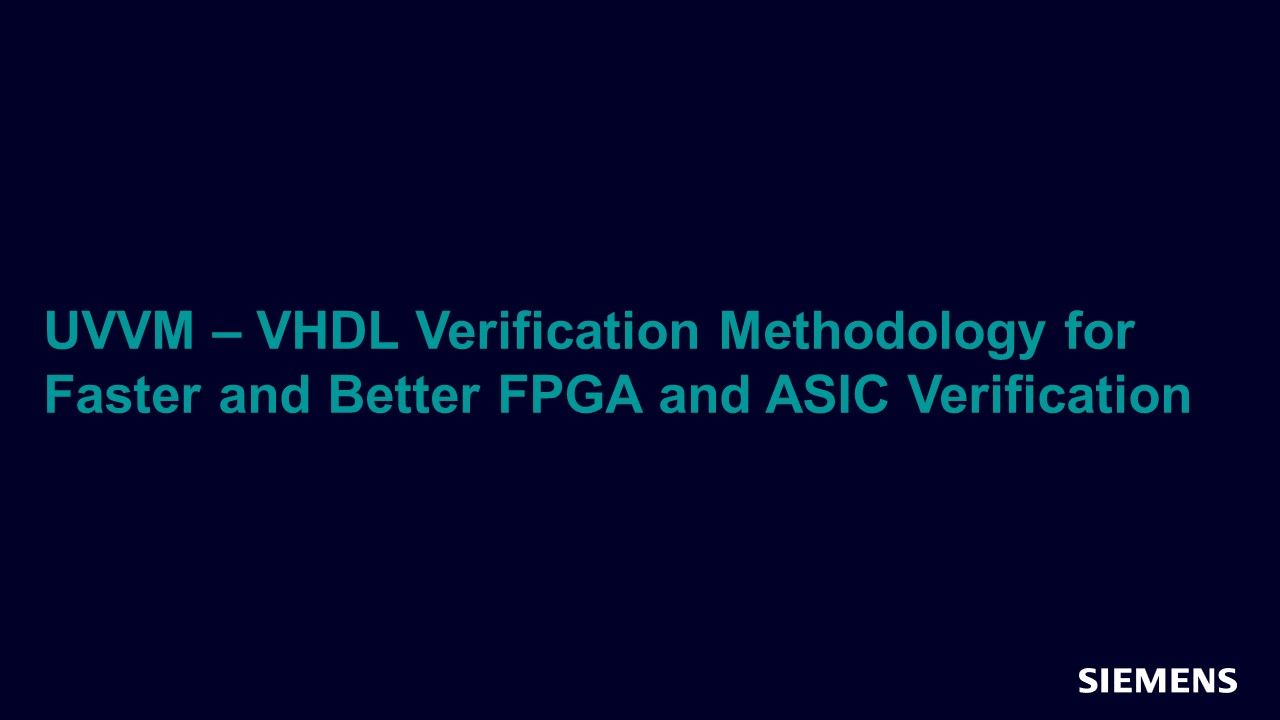
UVVM – VHDL Verification Methodology for Faster and Better FPGA and ASIC Verification
Article - Mar 02, 2022 by Espen Tallaksen - EmLogic
Verification takes half of a typical FPGA project’s development time. It is possible to significantly reduce this time with only minor adjustments and no extra cost while dramatically increasing the ability to reuse testbench components. An FPGA design’s architecture – from the top to the microarchitecture – is critical for both the FPGA quality and the development time. The same is true of the testbench.
-
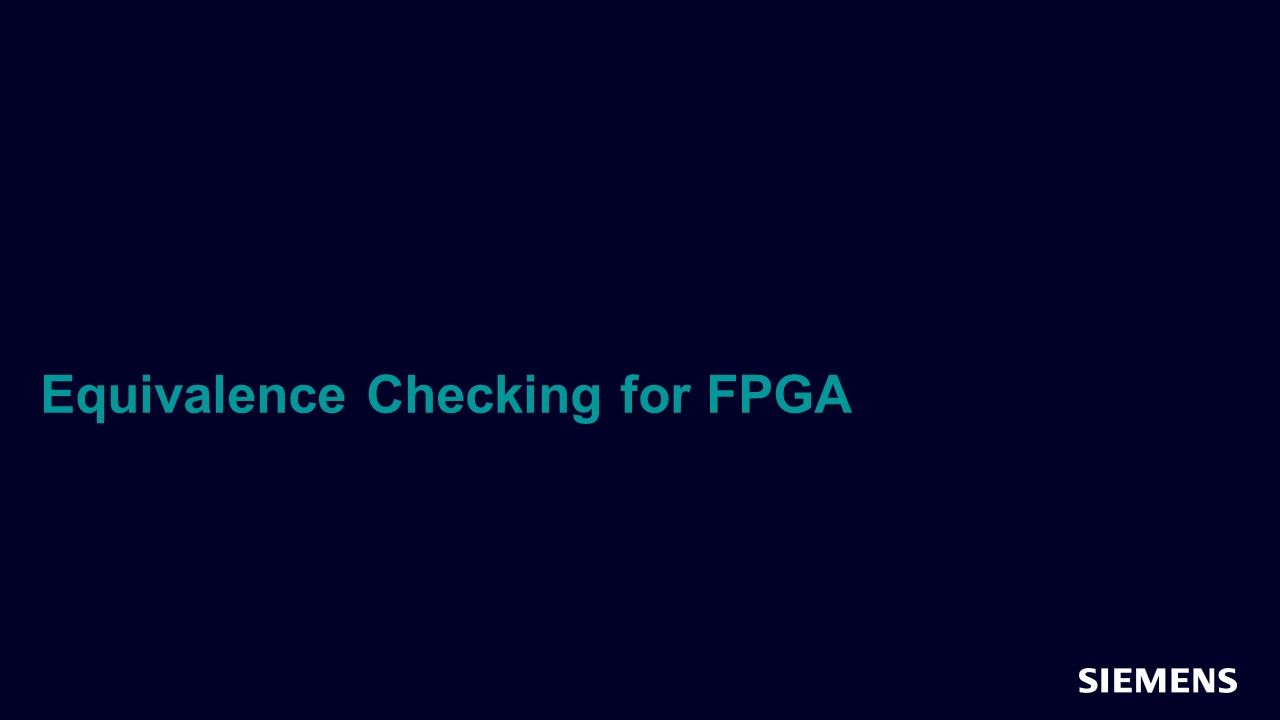
Equivalence Checking for FPGA
Webinar - Feb 25, 2022 by Martin Rowe
In this session, you will learn the need and methodologies to apply Equivalence Checking for FPGAs, plus the advantages and challenges of stepwise netlist verification.
-

Achieving High Defect Coverage for Safety Critical and High Reliability Designs
Webinar - Feb 22, 2022 by Lee Harrison
In this session you will gain an understanding of how Siemens EDA provides practices, methodologies and integrated tool flows that provides a path to reaching the required manufacturing test quality needed for designs targeted at critically safe and high reliability markets.
-
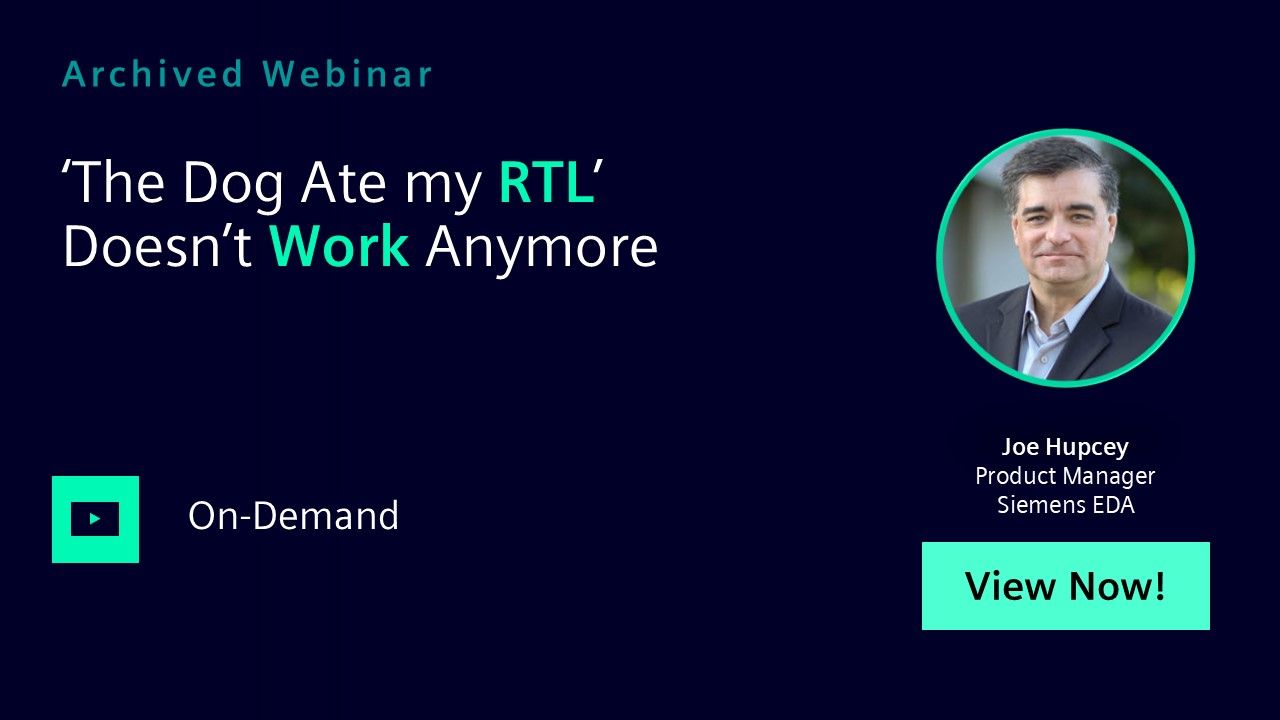
‘The Dog Ate my RTL’ Doesn’t Work Anymore
Webinar - Feb 15, 2022 by Joe Hupcey
In this session, you will learn how to identify ways to remove the lack of a testbench as the cause of lower quality RTL and how to accomplish an improved RTL quality-focused flow.
-
‘The Dog Ate my RTL’ Doesn’t Work Anymore
Resource (Slides (.PDF)) - Feb 15, 2022 by Joe Hupcey
In this session, you will learn how to identify ways to remove the lack of a testbench as the cause of lower quality RTL and how to accomplish an improved RTL quality-focused flow.
-
Guidelines to a Successful ISO 26262 Lifecycle
Resource (Verification Horizons Blog) - Feb 04, 2022 by Jacob Wiltgen
New business models continue to drive disrupting innovation into the automotive market. This includes everything from mobility as a service, to the electrification of the drivetrain, to new autonomous fleet models for taxis, and the commercial movement of goods.
-
Introduction to Questa Lint and CDC for Designers
Resource (Slides (.PDF)) - Jan 25, 2022 by Mathew Yee
In this session, you will learn why code quality matters regardless of whether you are coding an ASIC, FPGA or IP block, what metastability is and how it will affect silicon bring-up and how addressing these points during the design process is critical to achieving tight schedules with limited resources.
-

Introduction to Questa Lint and CDC for Designers
Webinar - Jan 25, 2022 by Mathew Yee
In this session, you will learn why code quality matters regardless of whether you are coding an ASIC, FPGA or IP block, what metastability is and how it will affect silicon bring-up and how addressing these points during the design process is critical to achieving tight schedules with limited resources.
-
Odds and Ends
Resource (Verification Horizons Blog) - Jan 14, 2022 by Ray Salemi
This final blog post in the series discusses odds and ends that may have gotten little attention in the blog posts or may not have been invented when the blog post was written.
-
Logging in PYUVM
Resource (Verification Horizons Blog) - Dec 14, 2021 by Ray Salemi
This blog post provides a brief overview of logging and compares it to UVM reporting. Then it discusses logging in pyuvm .
-
Courtines and COCOTB Testbench Code
Resource (Tarball) - Dec 14, 2021 by Ray Salemi
This Git repository contains the working code used as examples in the "Python for Verification" Verification Horizons Blog posts.
-
Exhaustive Trust & Security Verification by Leveraging Emerging Standards
Resource (Recording) - Dec 08, 2021 by John Hallman
-
Exhaustive Trust & Security Verification by Leveraging Emerging Standards
Resource (Slides (.PDF)) - Dec 08, 2021 by John Hallman
-

Validation of Complex Safety Architectures
Webinar - Nov 18, 2021 by Vedant Garg
This session explains the methodology and flow of how to perform an accurate safety analysis, followed by fault simulation on the SoC or IP with a combination of hardware and software safety mechanisms.
-
The UVM Factory
Resource (Verification Horizons Blog) - Nov 17, 2021 by Ray Salemi
The pyuvm implements the UVM factory as it is described in the specification, removing elements that complicated the factory because of SystemVerilog typing.
-
How Do You Qualify Tools for DO-254
Resource (Paper (.PDF)) - Nov 14, 2021 by Michelle Lange, Tammy Reeve - Patmos Engineering Services
This paper describes the terminology and requirements related to tool qualification specific to the safety-critical programs governed by DO-254 compliance.
-

How Do You Qualify Tools for DO-254
Paper - Nov 14, 2021 by Jake Wiltgen
This paper describes the terminology and requirements related to tool qualification specific to the safety-critical programs governed by DO-254 compliance. It also provides some practical examples of tool qualification processes and strategies for commonly used tools.
-

Formal 101: Data Independence and Non-Determinism Made Easy
Session - Nov 11, 2021 by Jin Hou
In this session, we will show how with a little design knowledge and forethought on your part, you can leverage these two principles to cut down your formal analysis to a matter of minutes vs. hours.
-
Data Independence and Non-Determinism Made Easy
Resource (Slides (.PDF)) - Nov 11, 2021 by
-
How to Finish Faster with Hierarchical CDC+RDC Methodologies
Resource (Slides (.PDF)) - Nov 02, 2021 by Kurt Takara
In this session, you will learn how to properly deploy hierarchical methodologies in CDC and RDC verification such that neither accuracy nor the performance expected from a hierarchical flow is compromised.
-

Acceleration Without Compromise: How to Finish Faster with Hierarchical CDC+RDC Methodologies
Webinar - Nov 02, 2021 by Kurt Takara
In this session, you will learn how to properly deploy hierarchical methodologies in CDC and RDC verification such that neither accuracy nor the performance expected from a hierarchical flow is compromised.